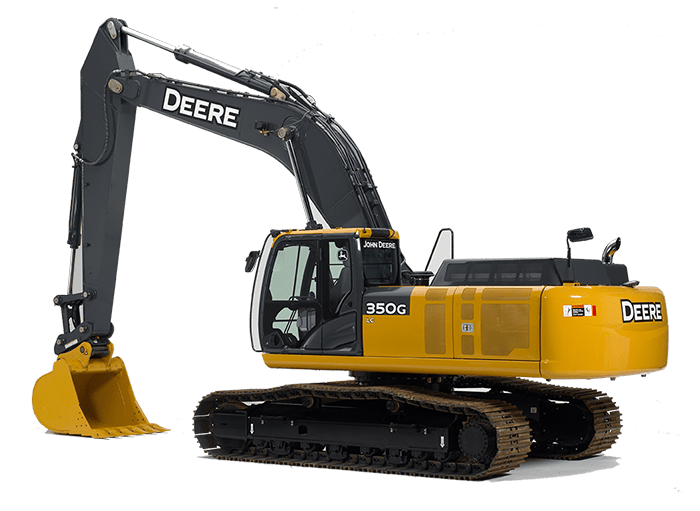How does a hydraulic magnet work?
Keywords: hydraulic magnets, hydraulic scrap magnet, hydraulic magnet for excavator

Hydraulic magnets
A hydraulic magnet operates using a combination of hydraulic power and magnetic force. Here’s an overview of how it works and its primary components:
Hydraulic System:
The hydraulic system provides the power needed to operate the magnet. It consists of a hydraulic pump, valves, hoses, and cylinders. The hydraulic pump generates pressure and flow of hydraulic fluid, which is controlled by valves to activate the magnet’s functions.
Magnet Assembly:
The magnet assembly is the core component of the hydraulic magnet. It typically consists of a ferrous metal core and a coil of wire. When an electrical current flows through the coil, it creates a magnetic field around the core, generating a strong magnetic force.
Gripping Mechanism:
The hydraulic magnet is equipped with a gripping mechanism that interfaces with the object to be lifted. It may contain jaws, plates, or other structures designed to secure the ferrous material firmly.
Control System:
The control system governs the operation of the hydraulic magnet. It includes switches, buttons, or controls that allow the operator to activate and deactivate the magnet, control the magnetic force, and release the gripped material.
Hydraulic Scrap Magnet
The operation of a hydraulic magnet involves the following steps:
Activation:
The operator activates the hydraulic system, which powers the magnet assembly.
Magnetic Force Generation:
As hydraulic power is supplied, the electric current flows through the coil in the magnet assembly. This creates a strong magnetic field around the ferrous core, generating the magnetic force.
Gripping:
The operator positions the magnet over the ferrous material to be lifted, and the gripping mechanism securely holds the material through the magnetic force.
Lifting and Transporting:
Once the material is securely held, the hydraulic system’s lifting capacity allows the operator to lift and transport the ferrous material to the desired location.
Release:
When the material needs to be released, the operator deactivates the magnet, interrupting the electric current flow and eliminating the magnetic force. The gripping mechanism releases the material.
Hydraulic magnets are commonly used in scrapyards, recycling facilities, and construction sites for efficient and convenient handling of ferrous materials. Their ability to quickly grip and release materials using hydraulic power makes them valuable tools in material handling operations.
For more information about hydraulic magnet for excavator, please look at hydraulicmagnet.com
How Does a Hydraulic Magnet Work?
Hydraulic magnets are designed to be connected directly to the excavator’s front-end attachment points, allowing them to utilize the machine’s hydraulic power. When the operator engages the magnet controls, high-pressure hydraulic fluid energizes powerful electromagnets within the attachment, generating a strong magnetic field.
This magnetic field enables the excavator to pick up, manipulate, and release ferrous metal items with a high degree of control and precision. The excavator’s boom, arm, and slewing mechanisms allow the operator to position the load as needed.
Types of excavator attachments available
- Demolition Shear: Dedicated jaws for breaking and slicing steel, concrete, and other material
An attachment for compacting soil, gravel, and other granular materials is a vibratory plate compactor. - Excavator Ripper: Toothed attachment for breaking up hard, compacted earth or rock.
- Snow Plow: A blade attachment used to remove ice and snow from driveways and construction sites.
- Excavator Grapple: A device that resembles a claw that is used to lift and grab items such as logs and garbage.
- Excavator Tilt Rotator: This device tilts and rotates the excavator bucket or other attachment for accurate positioning.
- Excavator Auger – Powerful rotating drill bit for creating holes for posts, utilities, etc.


